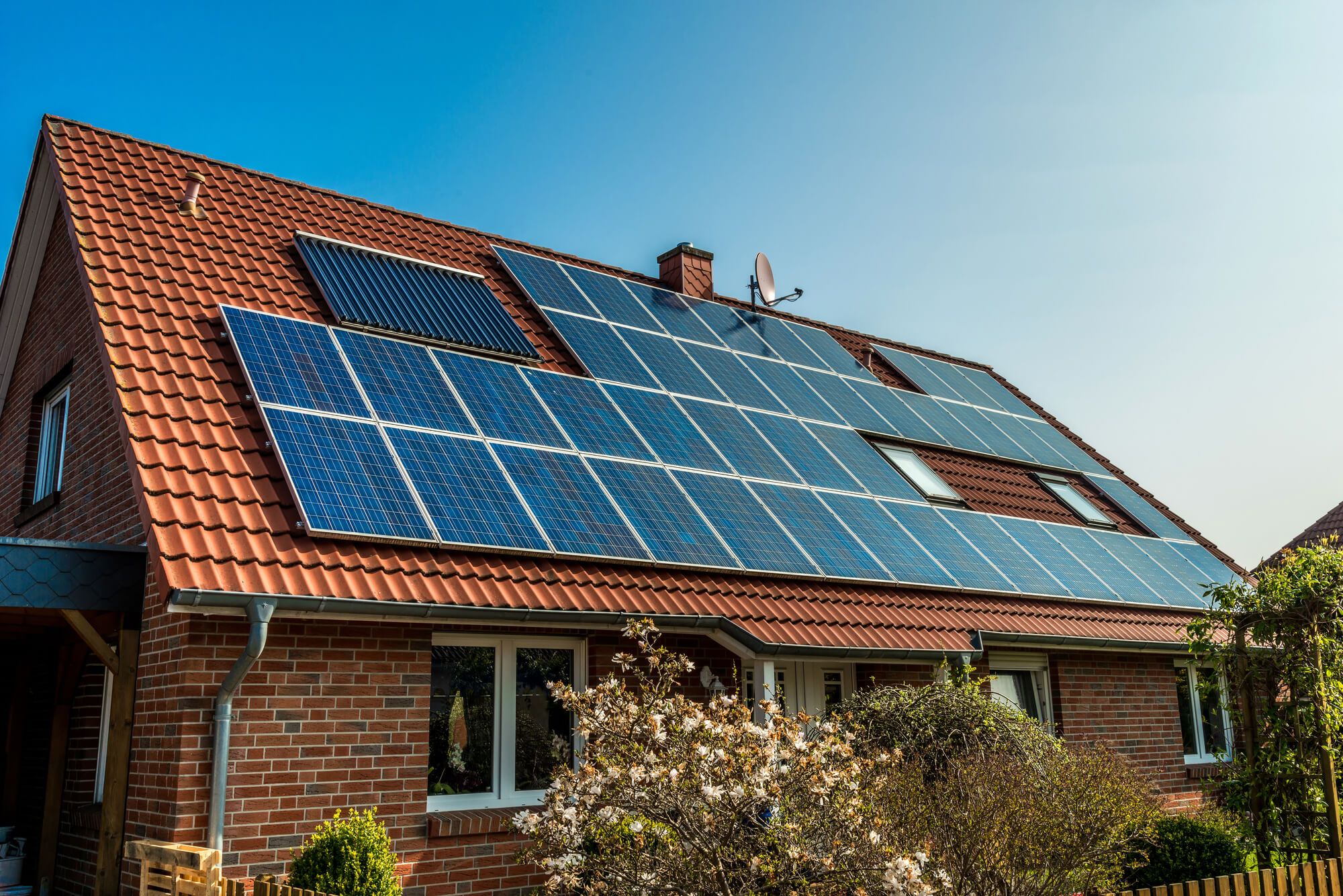Home Solar Panels: A Beginner's Guide To Power Savings

Utilize the sun's energy while saving money: it's a tantalizing notion that may be extremely gratifying, both emotionally and financially. Here's where you should begin.
Do you want to live a life that is both sustainable and environmentally friendly? Here's all you need to know about solar panels for your home.
Home Solar Panels: A Beginner's Guide To Power Savings
Utilize the sun's energy while saving money: it's a tantalizing notion that may be extremely gratifying, both emotionally and financially. Here's where you should begin.
Do you want to live a life that is both sustainable and environmentally friendly? Here's all you need to know about solar panels for your home.
Today, photovoltaic (PV) panels are installed on more than 2.2 million rooftops across Australia, doing the always awe-inspiring duty of converting sunshine into energy.
You'd think that, considering how enthusiastically our country has embraced residential solar, the number of PV installations would have peaked by now, but that isn't the case: demand is still high (even in the absence of the government rebates of yesteryear).
There are a few things to think about if you're thinking about installing a solar-power system.
The Essence of Orientation
Even if you're passionate about solar panels, not every roof is ideal for them: the main difficulty is shading from nearby buildings and trees.
A north-facing roof is best because it receives the most sunshine throughout the day, but other sides will function — just not as well.
Any firm that sells and installs PV panels can assist you in calculating the size of your roof and estimating the number of hours of sunlight it receives.
Importance of Size
The peak output in kilowatts (kW) of a PV system indicates how much electricity it will generate on an ideal sunny day. A 5kW PV system, for example, may provide about 20 kilowatt hours of power each day (depending on location and other factors).
Examine your previous power bills to determine the size you require.
The average household system size is between 3kW and 10kW. Another element to consider is when you use your home appliances. If you consume a lot of power outside of daylight hours – say, on weekdays when no one is home – you may need to consider battery storage.
If you don't have a battery, you can feed extra power back into the grid and obtain a feed-in tariff from your electricity provider, usually in the form of a credit on your account. Tariffs differ across retailers and between states.
Can It Be Value For Money
Request suggestions, obtain multiple quotations, and ensure that possible providers are accredited by the Clean Energy Council, just as you would for any major household purchase.
Calculating the payback time for a PV system is complicated because it considers a number of factors, such as how much you currently pay for electricity, when you use the most power, how much your new system will generate, how much you'll be able to send back to the grid, and what feed-in tariff your electricity company will provide.
Equipment
When it's time to pick your panels, go to the Clean Energy Council's website to locate a certified solar retailer.
You'll also need an inverter, which converts solar power into AC energy for usage in your home. String inverters, which connect a string of panels, and micro inverters, which are each connected to a single panel, are two types.
Installation by the firm from which you purchased your PV system should take no longer than 48 hours. Alternatively, you can buy panels from a merchant and have them installed by a separate subcontractor.
The New Solar Tile: A Breakthrough
Installing photovoltaic panels on your roof is no longer enough to generate solar energy. Architects adore Bristile's integrated power-generating roof tile because it sits flush with the surrounding roof tiles (while still offering the same strength and durability).
The financial case for including them in your next project is compelling: depending on how much energy your household consumes, a 5kW system might pay for itself in as little as 4.5 years.
If you include battery storage in your solar roof-tile combo, the payback period will be around eight years.
There are a few different packages to select from, but each contains complimentary digital monitoring equipment that allows you to check the PV system's performance and see how much energy is created and saved.
Begin Your Solar Adventure With Xpress Industries
Connect with us to get solar tips. We provide solar quotes tailored to your needs. Every year, thousands of individuals visit Xpress Industries to learn about and invest in solar. Sign up now to see how much money you may save with solar.